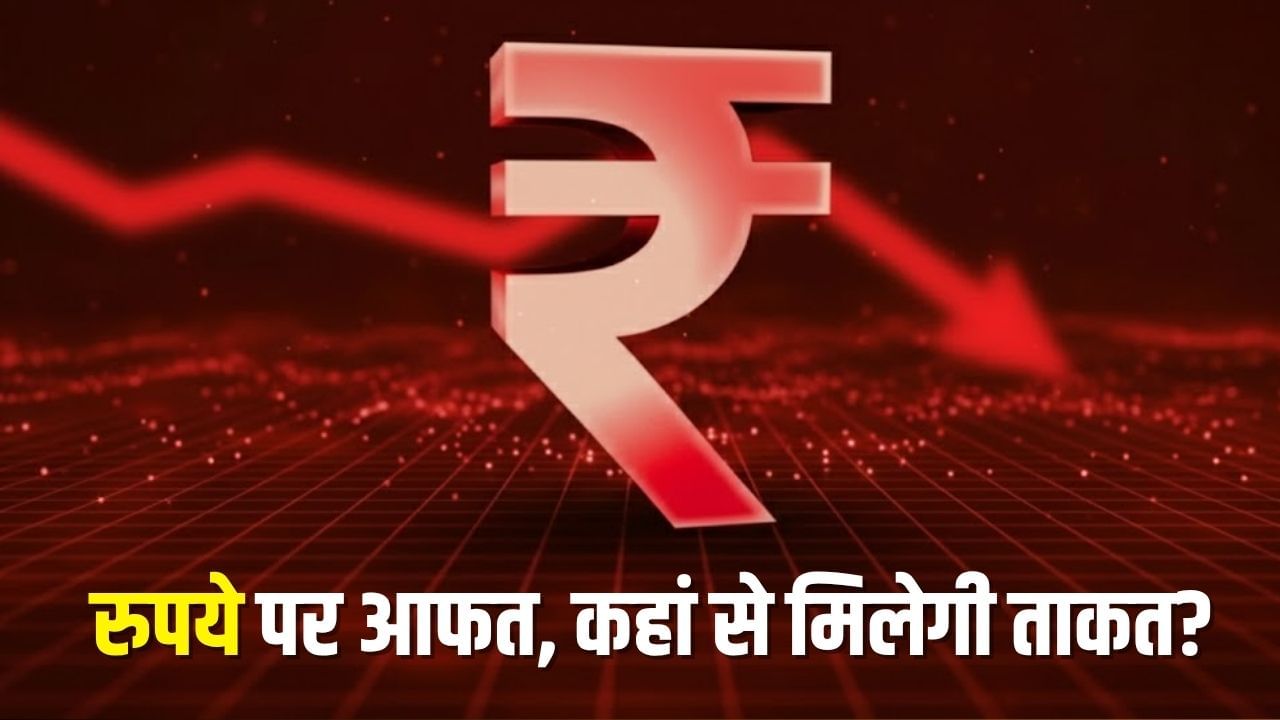Dollar showed its real strength
Indian Rupee Vs Dollar: Thursday once again proved to be a day of pressure for the Indian rupee. The trend of weakness of rupee against the US dollar continues. The rupee opened at 88.62 in the Interbank Foreign Exchange Market, but as soon as the market opened, the selling pressure increased so much that it soon weakened by 7 paise to reach 88.69. The question is why is this pressure being created on our currency?
‘Super’ strength of dollar
According to market analysts, two big reasons are working together behind this latest fall of the rupee. The first is the continuously increasing strength of the US dollar around the world. The ‘Dollar Index’, which shows the position of the dollar against the six major currencies of the world, has increased by 0.02% to a high of 99.51.
When the dollar index rises, it simply means that investors are increasing their investments in the US dollar considering it ‘safe’ instead of other currencies. This strengthening of the dollar is putting huge pressure not only on the rupee but also on the currencies of many other emerging economies of Asia.
The second important reason is the sluggishness in our own domestic stock markets. Trading on Thursday started with weakness. BSE Sensex fell 205.08 points to 84,261.43, while NSE Nifty-50 also slipped 61.15 points and was trading at 25,814.65. However, recovery took place later.
Why is the crisis on ‘rupee’ increasing?
One of the biggest and immediate reasons for pressure on the rupee is the continuous selling by foreign institutional investors (FIIs). Foreign investors are withdrawing their money from the Indian market. According to the latest data, on Wednesday itself FIIs sold shares worth a net Rs 1,750.03 crore.
Understand this in simple language, when foreign investors invest money in India, they bring dollars and convert them into rupees, which increases the supply of dollars in the market and strengthens the rupee. But when they book profits or exit the market, they convert the rupees received by selling their Indian shares back into dollars.
In this process the demand for dollars increases and the price (value) of rupee falls. This selling trend that has been going on for some time is breaking the back of the rupee.
Fragile support of ‘trade deal’
Amidst this all-round pressure, there are two small but important things which are keeping the rupee from falling further rapidly. The first is the ongoing trade deal negotiations between India and America. The market is keeping a close eye on this conversation. If these talks reach a positive outcome, it could boost the country’s exports and increase dollar inflow in the future. This expectation has given some psychological support to the rupee at lower levels.
The second minor relief news is from the crude oil front. Brent crude prices have fallen 0.13% to $ 62.63 per barrel. India imports most of the oil it needs, for which we have to pay in dollars. Cheaper crude oil means reduction in our dollar spending, which is a good news for the rupee.
